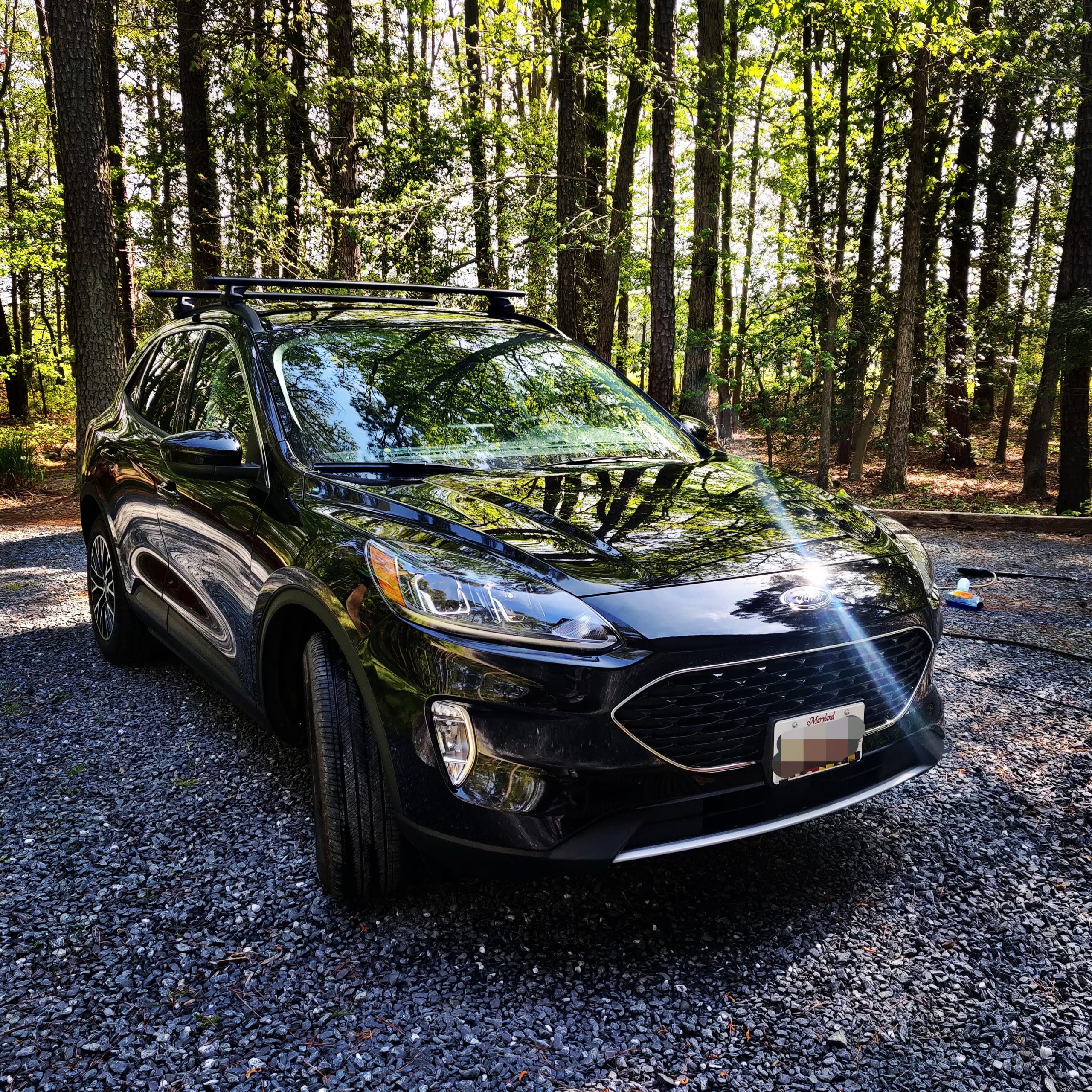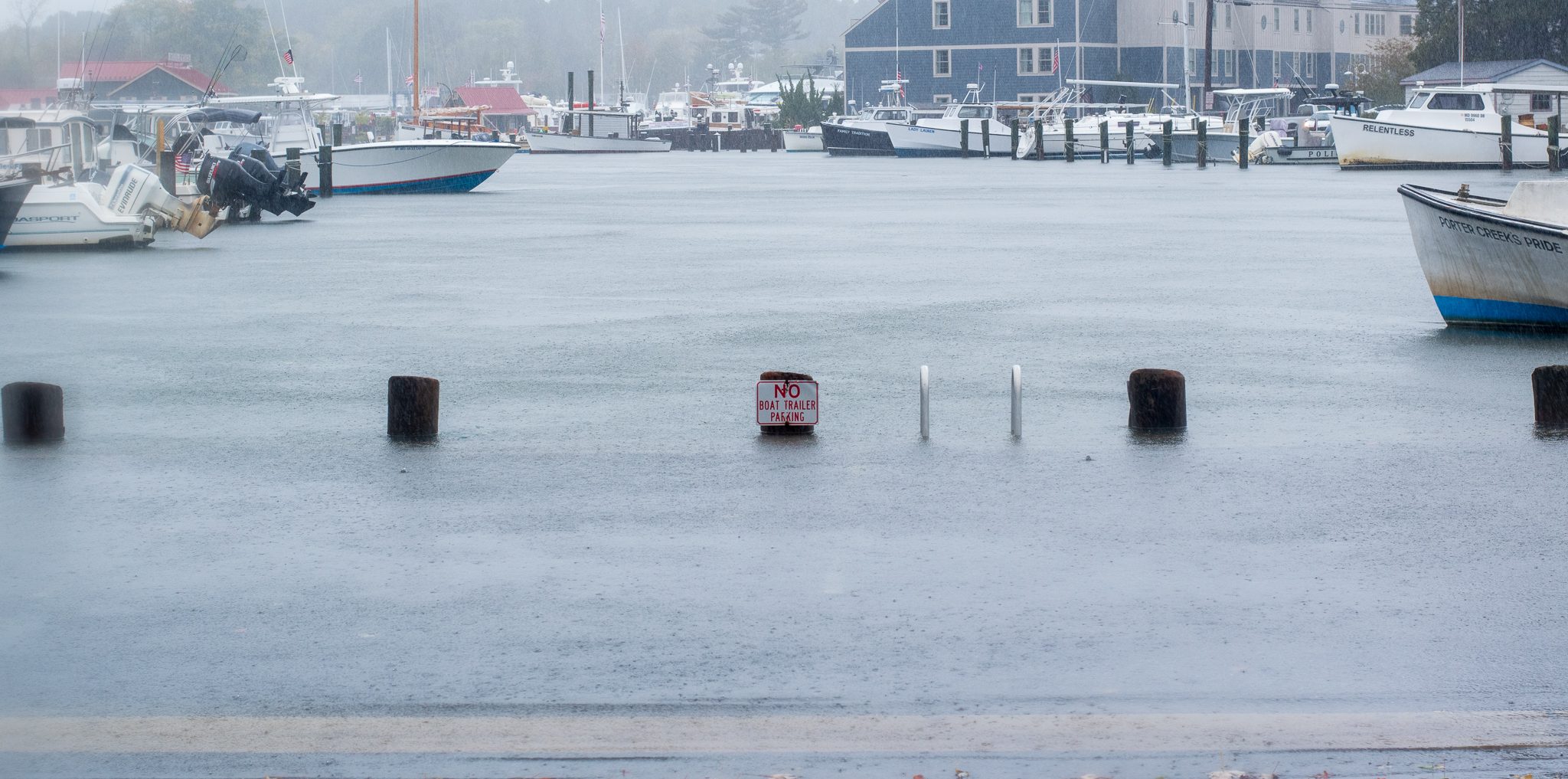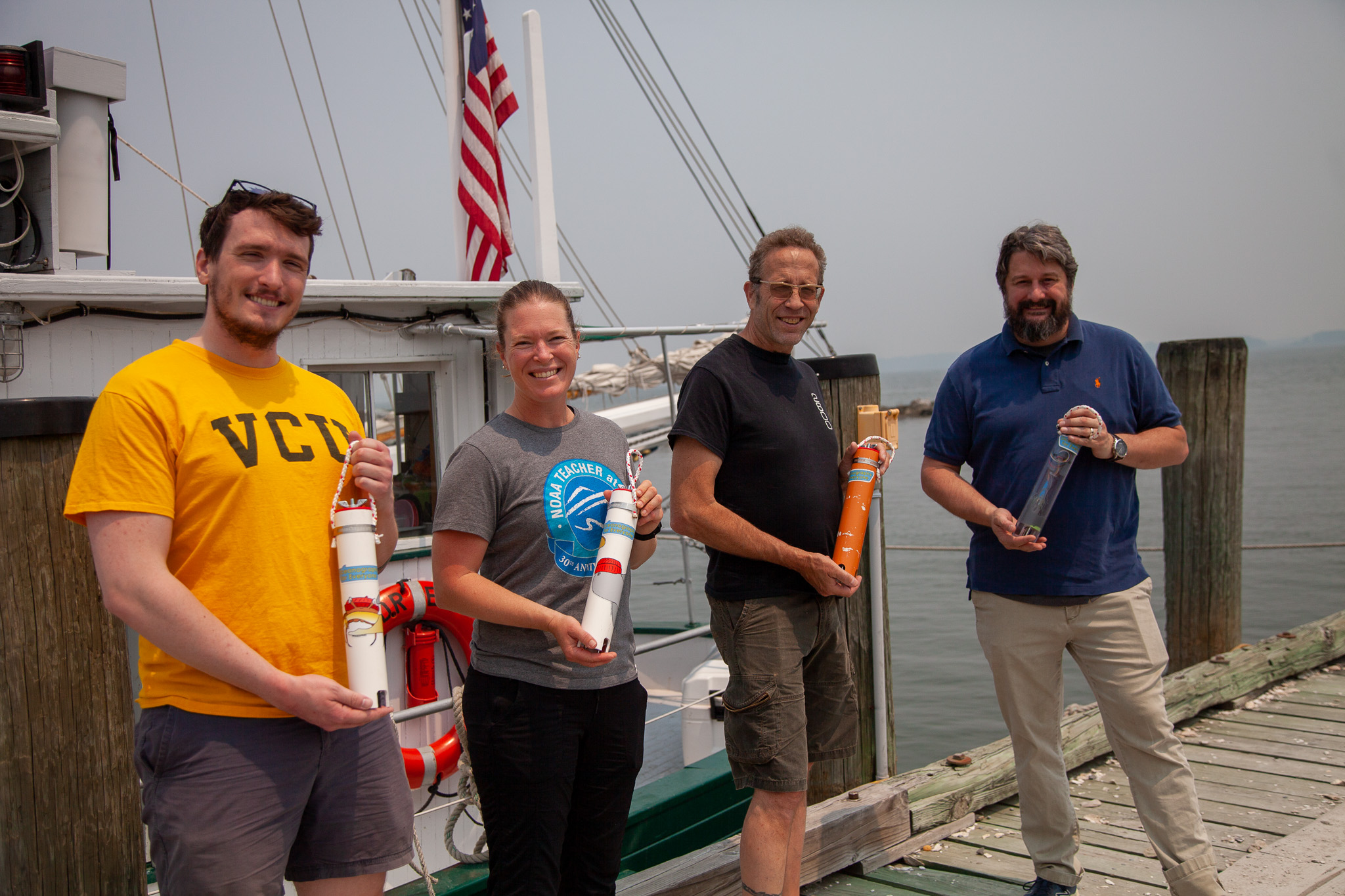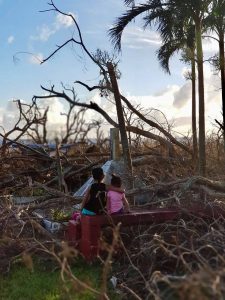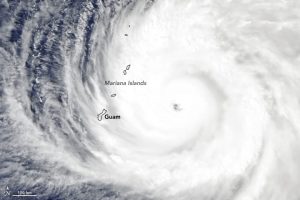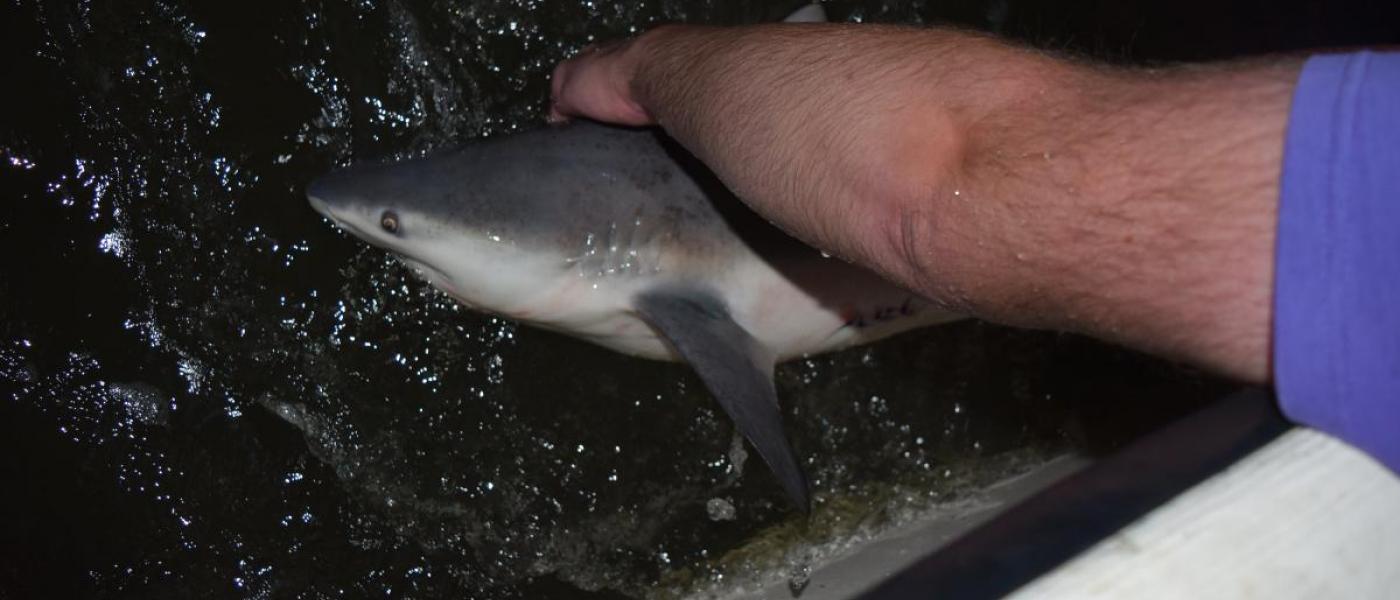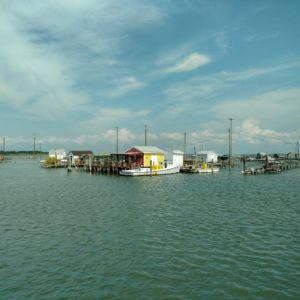Ten years ago, I launched a strange little project called Drown Your Town. The premise behind Drown Your Town was simple: I created a little macro in Google Maps that allowed you to superimpose a floodwater layer on top of 3D renders of communities. It was a quick and dirty way to demonstrate sea level rise in an era where those kinds of bespoke models were hard to generate. With #DrownYourTown, anyone, anywhere could simulate sea level rise in their own back yard.
It wasn’t originally going to be an outreach tool. I was writing a science fiction novel about life in a post-climate change world and needed an easy way to visualize places in the stories might look like. The book is still available, on Amazon, along with two other novellas that I wrote, though I warn you, none of them are very good (in my defense, it was the high water mark for self-publishing ebooks and I was still trying to figuring out what my post-academic career would be).
We pushed out the app, launched a successful tumblr page where folks could request sea level rise models, initiated what remains to this day my most successful Twitter campaign of all time, and spent the next year helping people visualize sea level rise in their communities.
We learned a lot about climate change outreach from DrownYourTown.
Read More “A decade after #DrownYourTown, I’m still making sea level rise personal.” »

